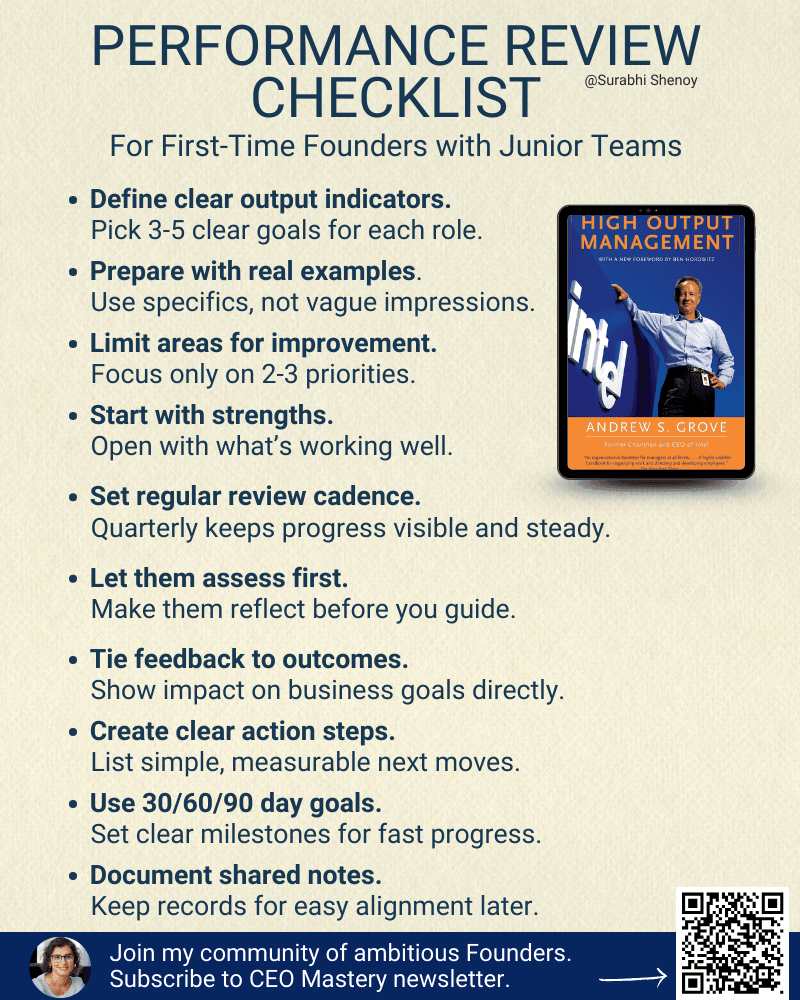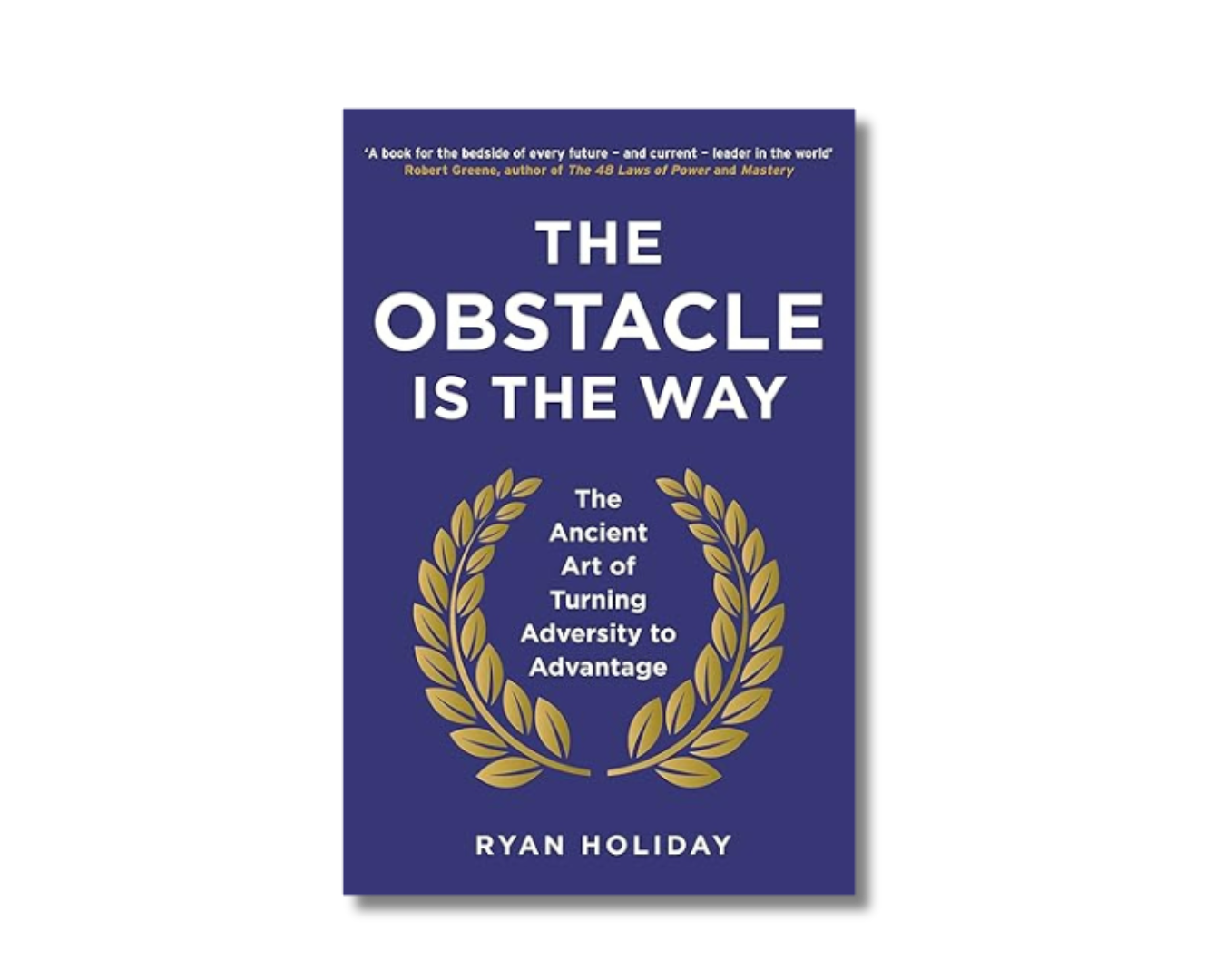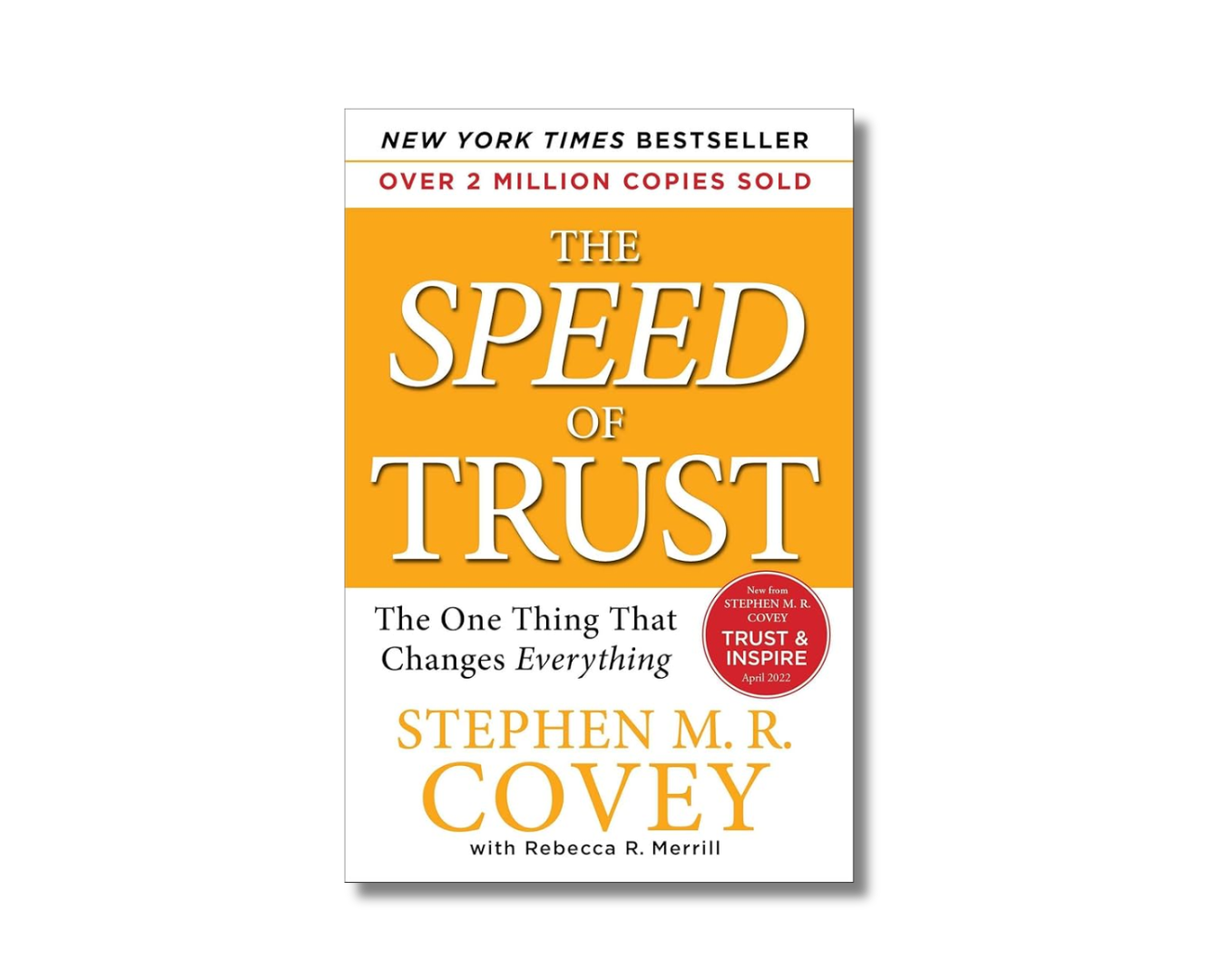“It’s just common sense!”
I used to say this a lot.
Until simple mistakes started costing us growth.
- A critical client deliverable — missed.
- An important invoice — forgotten.
- A key team update — overlooked.
Why?
Because we relied on:
- Memory instead of systems
- Experience instead of process
- “Common sense” instead of checklists
Then I read ‘The Checklist Manifesto’ by Atul Gawande.
And everything shifted.
The Power of Simple Checklists
The idea seems too simple to work: write down the steps that matter and check them off.
But there’s deep wisdom here that transformed how we run our business.
Here’s the truth: Under pressure, even experts fail.
Not because they lack knowledge, But because they skip steps.
Great leaders know this: Checklists aren’t about competence. They’re about consistency.
- Pilots use them.
- Surgeons need them.
- NASA depends on them.
Checklists aren’t a crutch. They’re your competitive edge.
What We Changed in Our Business
After reading the book, we stopped leaving critical processes to chance. Here are three areas where checklists transformed our operations:
1. Client Onboarding
Old way: “We know what to do.” → Result: Inconsistent experience.
New way: 10-point checklist. → Result: Zero missed steps in 20+ clients.
Our client onboarding checklist includes:
SETUP:
- ☐ AGREEMENT Signed
- ☐ PAYMENT Terms Set
- ☐ ACCESS Granted
KICKOFF:
- ☐ GOALS Documented
- ☐ TEAM Assigned
- ☐ TIMELINE Agreed
ALIGNMENT:
- ☐ EXPECTATIONS Set
- ☐ PROCESSES Explained
- ☐ COMMUNICATION Plan Active
This simple tool stopped the mix-ups that used to hurt our new client relationships. No more ‘I thought you were doing that’ problems.
2. Strategic Reviews
Old way: “Let’s discuss what’s important.” → Result: Blind spots missed.
New way: Framework checklist. → Result: Big issues caught early.
Our strategic review checklist ensures we examine:
PERFORMANCE:
- ☐ METRICS Reviewed
- ☐ TARGETS Assessed
- ☐ GAPS Identified
MARKET:
- ☐ COMPETITION Analyzed
- ☐ OPPORTUNITIES Listed
- ☐ THREATS Evaluated
ACTION:
- ☐ PRIORITIES Set
- ☐ RESOURCES Allocated
- ☐ TIMELINE Defined
This structure prevents our meetings from focusing only on urgent issues while missing important strategic shifts.
3. Hiring Process
Old way: “We’ll find the right person.” → Result: Expensive mis-hires.
New way: Structured checklist. → Result: Better team fit, faster onboarding.
Our hiring checklist breaks down into:
PRE-INTERVIEW:
- ☐ ROLE Defined
- ☐ CRITERIA Set
- ☐ QUESTIONS Prepared
ASSESSMENT:
- ☐ SKILLS Verified
- ☐ CULTURE Matched
- ☐ REFERENCES Checked
CLOSING:
- ☐ OFFER Approved
- ☐ TERMS Agreed
- ☐ START DATE Set
This step-by-step plan helps us hire with our heads, not just our hearts. We look at each person the same way, every time.
4. Product Launch
Old way: “We’ll figure it out as we go.” → Result: Chaotic releases, missed opportunities.
New way: Launch checklist. → Result: Smooth rollouts, stronger market entry.
Our product launch checklist ensures we cover:
READINESS:
- ☐ TESTING Complete
- ☐ SUPPORT Ready
- ☐ BACKUP Created
MARKETING:
- ☐ ASSETS Ready
- ☐ MESSAGING Aligned
- ☐ TRACKING Set
GO-LIVE:
- ☐ TEAM Briefed
- ☐ MONITORING Active
- ☐ RESPONSE PLAN Ready
This structure prevents the “we forgot to…” moments that used to plague our launches.

Why Checklists Work in Business
There’s science behind why checklists are so powerful in business settings:
- They fix memory problems We all forget things when we’re busy. Checklists remember for us.
- They show what really matters Checklists make us pick out what’s truly important from what just seems important.
- They free up brain space When basic tasks are written down, we can use our minds for solving harder problems.
- They build better teams Checklists help everyone be more exact and take ownership of their work.
They keep things running when problems hit When someone leaves or something goes wrong, checklists help keep work on track.
Who Should Read This Book
“The Checklist Manifesto” is essential reading for:
- Business owners who feel like things are falling through the cracks
- Team leaders who need to delegate but worry about quality control
- Managers handling complex, multi-step processes
- Anyone whose work involves high stakes where mistakes are costly
- Leaders looking for practical tools to scale their impact
The author is a doctor and uses many medical stories, but these ideas work just as well in business or any job with lots of moving parts.
The biggest insight? Checklists aren’t just for beginners. Checklists help experts the most. Even the best people make small mistakes that can ruin their good work. Checklists stop this from happening.
In a world that celebrates complexity, there’s remarkable power in simple checklists. They won’t solve every problem, but they’ll eliminate the preventable ones that often cause the most damage.
Read Next
And if you’d like to Explore More Strategic Frameworks From My Bookshelf, you might find these interesting:
Atomic Habits – Transform these process checklists into identity-aligned systems that your team embraces naturally
Thinking Fast and Slow – Understand the cognitive biases that make checklists necessary, even for experts




